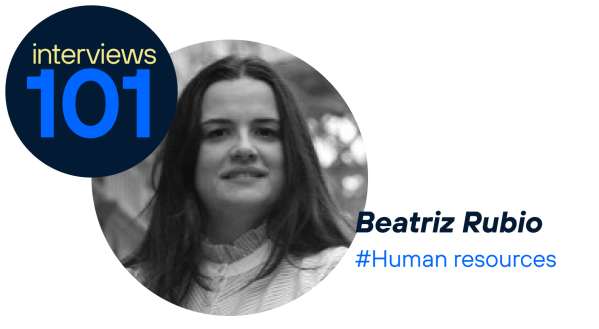On the one hand, human talent refers to the competences and skills that employees and partners bring to a company in order to generate added value for the organisation. The term human resources, on the other hand, refers to each of the people who form part of an organisation. It also refers to the management and administration of the processes in which people are involved, ones that are usually left to a specific department within an organisation made up of specialists in finding, attracting and selecting the best talent in the market.
Another notion that forms part of this binomial is human talent management. This concept can be defined as a set of organisational procedures integrated into the human resources department to attract, develop, motivate and retain employees and partners.
Differences between human resources and talent management
Human resources and human talent are directly related to each other; one concept depends on the other in order to develop. However, they’re separate procedures. The main differences are as follows:
The workers’ career development
Talent management focuses on enhancing the experience of employees at a company while prioritising their career development. The aim is to stimulate their growth and promote their success, in such a way that they contribute their very best to the organisation that they work for. In this regard, it involves leadership strategies, personal development training and coaching, among other procedures.
Human resources, on the other hand, occupies a more administrative position linked to the management of people and the administration of tasks such as the payroll, holidays, leave, benefits and any other circumstances that may affect an employee. It’s also the department responsible for effectively communicating requirements between the different levels or departments of an organisation.
Proposed objectives
Human talent management has a very cross-cutting and long-term strategic approach, the main objective of which is to benefit the company by means of the incorporation of qualified personnel with new competences and skills.
Meanwhile, the human resources department is characterised by implementing tactical measures, in other words, it deals with personnel management on a daily basis with short and immediately measurable objectives.
Focus
In terms of the approach, talent management presents a more in-depth proposal with regard to the employees’ benefits, needs and goals, with the aim of developing comprehensive strategies for the recruitment, on-boarding and retention processes.
Once again, the human resources department is characterised by its concise and practical approach, focusing on recruiting candidates capable of taking on specific roles and responsibilities.
Business involvement
The HR department is responsible for processes related to capturing, recruiting and retaining employees. However, with the emergence of talent management, many of the techniques require the involvement of coordinators, managers, heads and managers of other sections.
Objectives of people management
Human resources and human talent are two fundamental pillars for organisations and being aware of their objectives can help us to understand the differences between them. Human talent chiefly aims to find solutions to improve the processes involved in the management of organisational talent. It also fosters a corporate culture for the benefit of the organisation’s performance and productivity.
Thanks to human talent, companies can reduce the gap between the skills required and the workers’ readiness. Another significant objective for this concept is to improve the employees’ job satisfaction in order to reduce staff turnover.
As for the human resources department, it aims to reinforce strategies concerning labour relations. At the same time, it seeks to put effective techniques in place to attract, recruit and incorporate new employees. One of its functions is to support the employees to enable them to grow as much as they want within an organisation. In addition, human resources specialists evaluate the daily performance of the staff and detect incidents.
Human resources and human talent: new challenges for companies
These two areas face a number of challenges, such as that of building the best teams. This is a complex task, as they often fail to find the right candidates, especially in technological areas.
According to a study conducted by DigitalEs, the Association of Technology Companies, the technology sector has around 120,000 vacancies due to a lack of qualified personnel. In this respect, technology can be of great help in attracting digital talent, as it automates recruitment processes and ranks the skills of new candidates.
With regard to human talent management, its major challenge is to recognise, evaluate and develop each worker’s individual potential. It’s a complex task, as it requires in-depth knowledge of the worker’s competences and skills. Companies generally don’t have enough resources to work on all their employees’ weaknesses and thus achieve their full potential, so organisations must adapt to new needs and the talent itself (and its demands).







